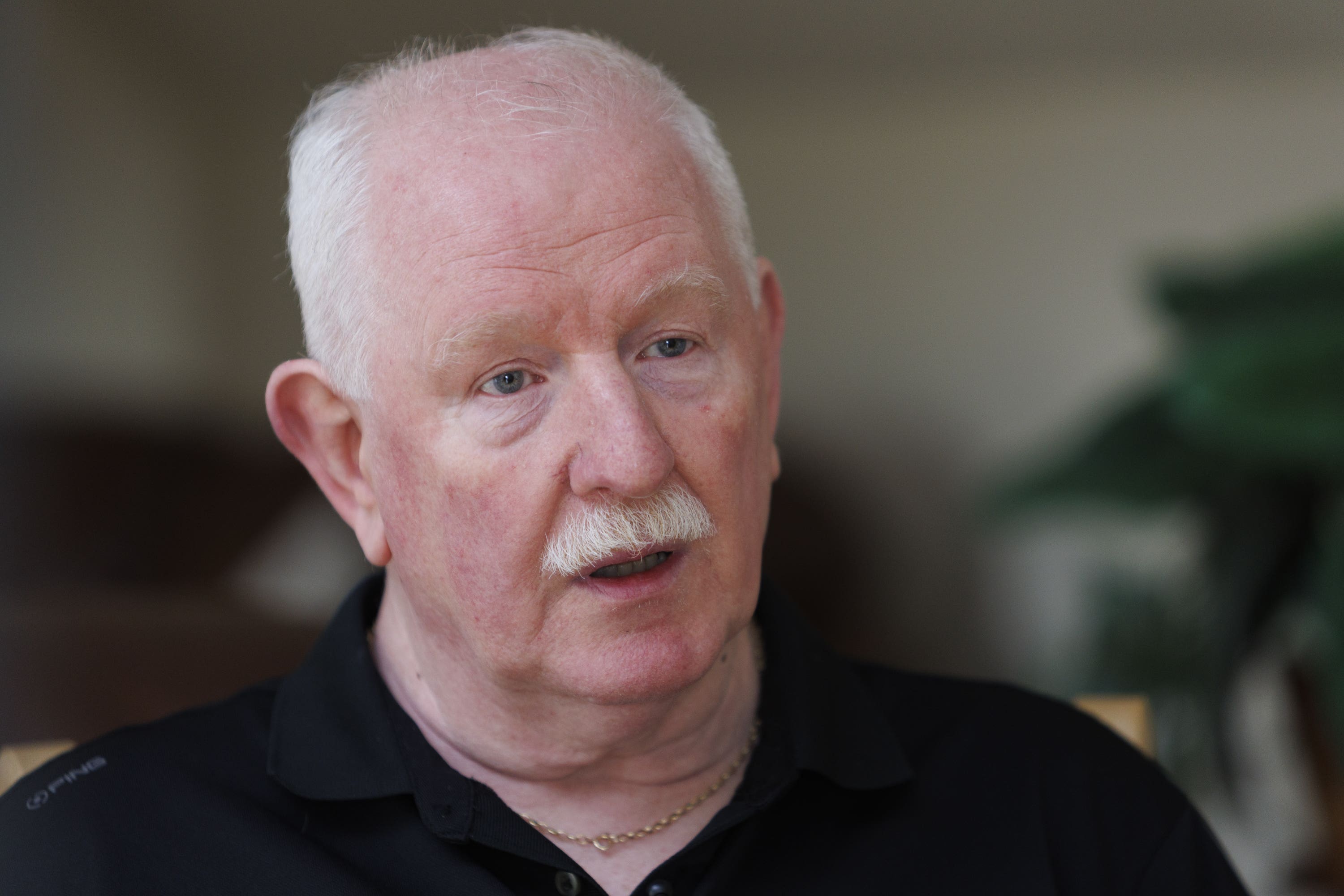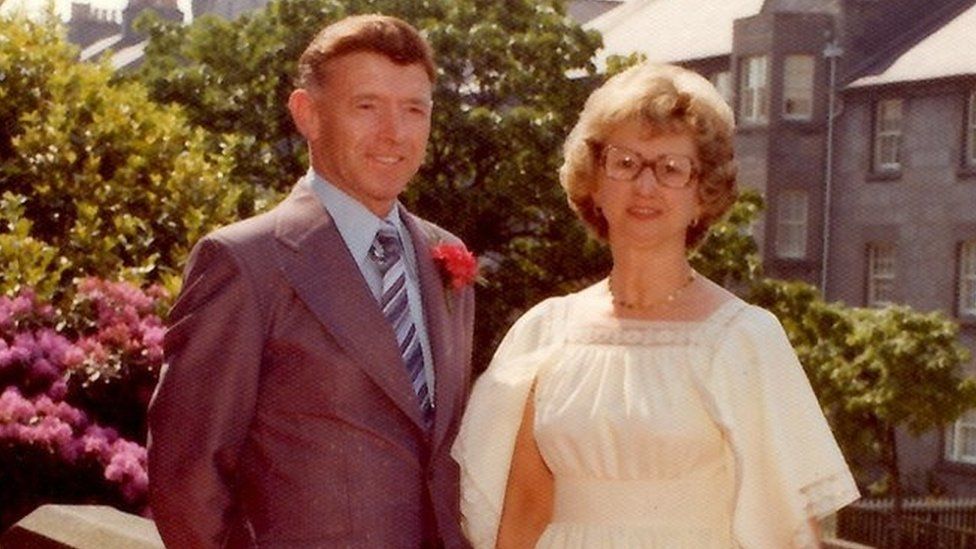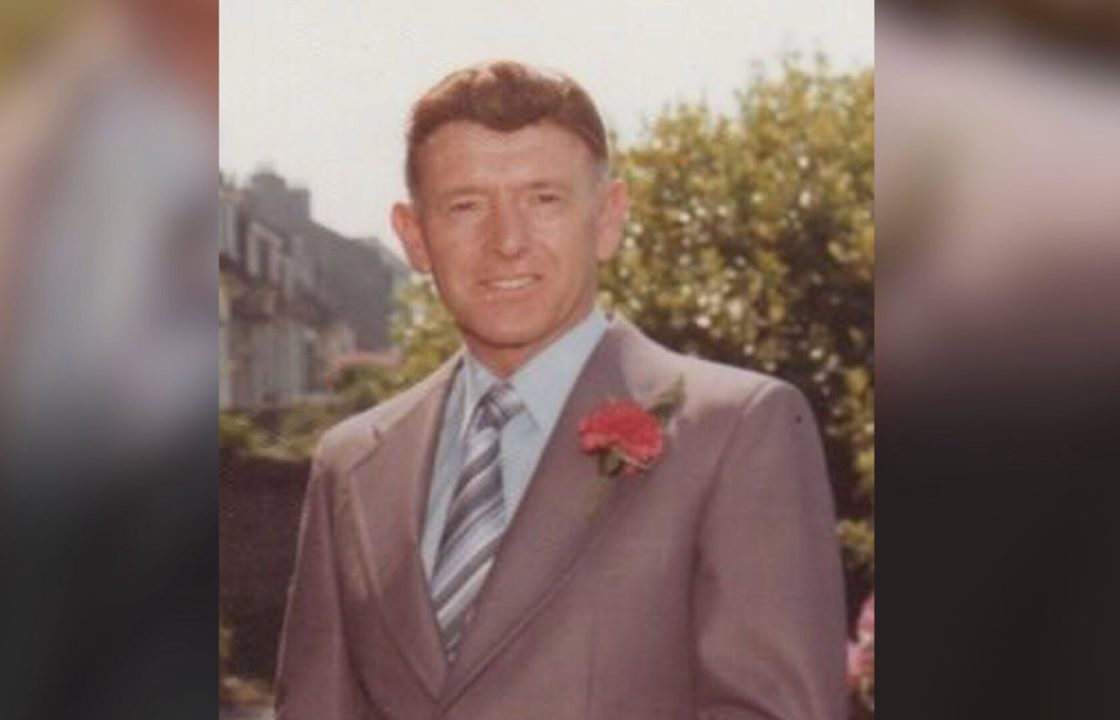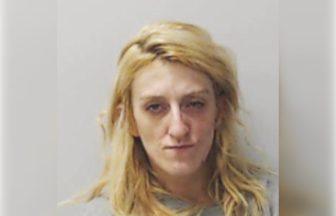Somebody “absolutely knows” who the killer of a man murdered in 1983 is, his nephew has said as a police DNA breakthrough identified 200 people potential leads in case.
Alex McKay, the nephew of George “Dod” Murdoch, said while he is unsure if a close relative of the killer would expose him, he believes someone less close in the family potentially could.
Mr Murdoch, 58, was garroted with a cheese wire in Aberdeen in 1983 while working as a taxi driver.
A DNA breakthrough has found 200 potential familial DNA matches, or people who may be related to the killer.
They are scattered throughout the UK and police are keen to interview them to help find the murderer.
Mr McKay, 67, says justice would mean “a lot” to him, as well as the wider community.
 PA Media
PA MediaHe is sceptical that a close relative would turn the killer in, but believes family rifts, changing allegiances, and relatives who are less close could be the key to catching the culprit.
He said he would struggle to turn the killer in if they were his relative.
He told the PA news agency: “I’ve asked myself, would I, if it was my brother? And I don’t know.
“I’m being honest, I don’t know, I don’t think I would, and that’s terrible because I’m asking them to do it and I’m not sure I would myself.
“But, If the person is dead, they certainly should, I definitely would.
“Okay, it’s his memory that will be impacted, but he’s killed somebody so he deserves to have that happen.
“But families, they fracture at times, and allegiances change.
“Somebody knows who has done this. Somebody absolutely knows who the killer is.”
Mr McKay said he remembers his uncle “very fondly” and spent much of his time as a youngster with him and his aunt Jessie, Mr Murdoch’s wife.
She died in 2004, having never learned who her husband’s killer was.
Mr McKay said: “Growing up I saw a lot of them, they didn’t have kids so I saw a lot of him. They were back and forth to our house and vice versa.
“My uncle Dod was just a normal, hard-working man and I think that’s everything.”
He added: “He loved the outdoors, he had a small boat and he kept pigeons.
“There was always a back story to everything he did as there was always something that went wrong, which wasn’t funny to anybody else but it was funny to the family because we knew him.”
In a public appeal on the 40th anniversary of the murder in 2023, Police said advancements in forensic analysis had enabled a DNA profile from the scene to be identified.
This has now been further enhanced to allow officers to search for anyone genetically linked to the DNA sample.
 Police Scotland
Police ScotlandThe list of 200 possible genetic matches to the profile from the scene has been compiled by Police Scotland and the National Crime Agency.
Officers will now attempt to contact these people to establish any family link.
Detective Inspector James Callander said: “This new DNA data is significant and will help take us a step closer to getting justice for Mr Murdoch’s family.
“The familial DNA links identified will assist in tracing people who can help with our inquiries. I want to make clear, these individuals are not suspects, but we hope they may be able to help with our ongoing investigation.
“I would ask everyone to think back to when George was murdered. If you have any concerns at all from around that time please don’t dismiss them, and contact us.
“The solving of this horrific crime requires the help of the public. I would urge anyone with information to please come forward. We want to give George’s family some much needed closure.”
Familial DNA searching is based upon the principle that DNA is inherited and all members of a family share certain aspects of their DNA.
Children share half their DNA from their father and half with their mother. The extent to which siblings share their DNA is variable, but they will tend to share more DNA than unrelated people.
In a message to the public, Mr McKay said: “The public – they are absolutely outstanding. Keep up the good work sharing all this stuff with friends, if you’re in your 30s or 40s, speak to your mother, father, grandmother, grandfather etc.
“Speak to them – they may know something – they may have heard something.
“Rumours can sometimes turn out to be the right.”
He added: “Everybody has been so unbelievably helpful.
“And when you’ve got all that going for you, you’ve got a great chance of solving this.”
Police Scotland Detective inspector James Callander said the DNA breakthrough is “really significant”.
He added: “The fact that we got a DNA profile in the first place is huge, and this is arguably even bigger.
“The DNA profile never had a match, we’ve never been able to match that, so this is really the next step for us and it’s a massive step forward managing to get to familial DNA searching.
“These 200 people are spread all across the UK and they may have nothing to do with the DNA profile that we have, they may not be related.
“All we’re saying is the DNA profile is similar. so in essence we need to go and speak to these people explain what we’re doing and they’ll be able to assist us with our inquiries.”
The killer was said to have been aged 20-30, meaning they could potentially be in their 70s if they are still alive.
Asked if the killer might be dead, the detective inspector said: “It’s hugely possible. It would be disappointing from my perspective but we mustn’t lose sight of what we’re trying to achieve here and that’s identifying the killer.
“If he is deceased, he is potentially in his 70s now so it is highly possible, what it will do is it will give us closure to the family, if not, a conviction.
“We obviously want to put somebody to court but that might not be possible.”
Police are keen to trace a potential witness in his 60s or 70s, who was last seen wearing an Iron Maiden T-shirt outside Aberdeen’s Wilson’s Sports Bar in 2015, who has never been traced.
Mr Callander said: “He’s a potential witness for us, quite a significant witness.
“We’ve never been able to identify him unfortunately, and I would just reiterate that appeal, if anybody knows who the guy in 2015 wearing the iron maiden T-shirt in Wilson’s sports bar, please come forward.”
Police Scotland can be contacted via 101 or emailed through their dedicated inbox at SCDHOLMESAberdeen@scotland.pnn
Follow STV News on WhatsApp
Scan the QR code on your mobile device for all the latest news from around the country


 STV News
STV News


























